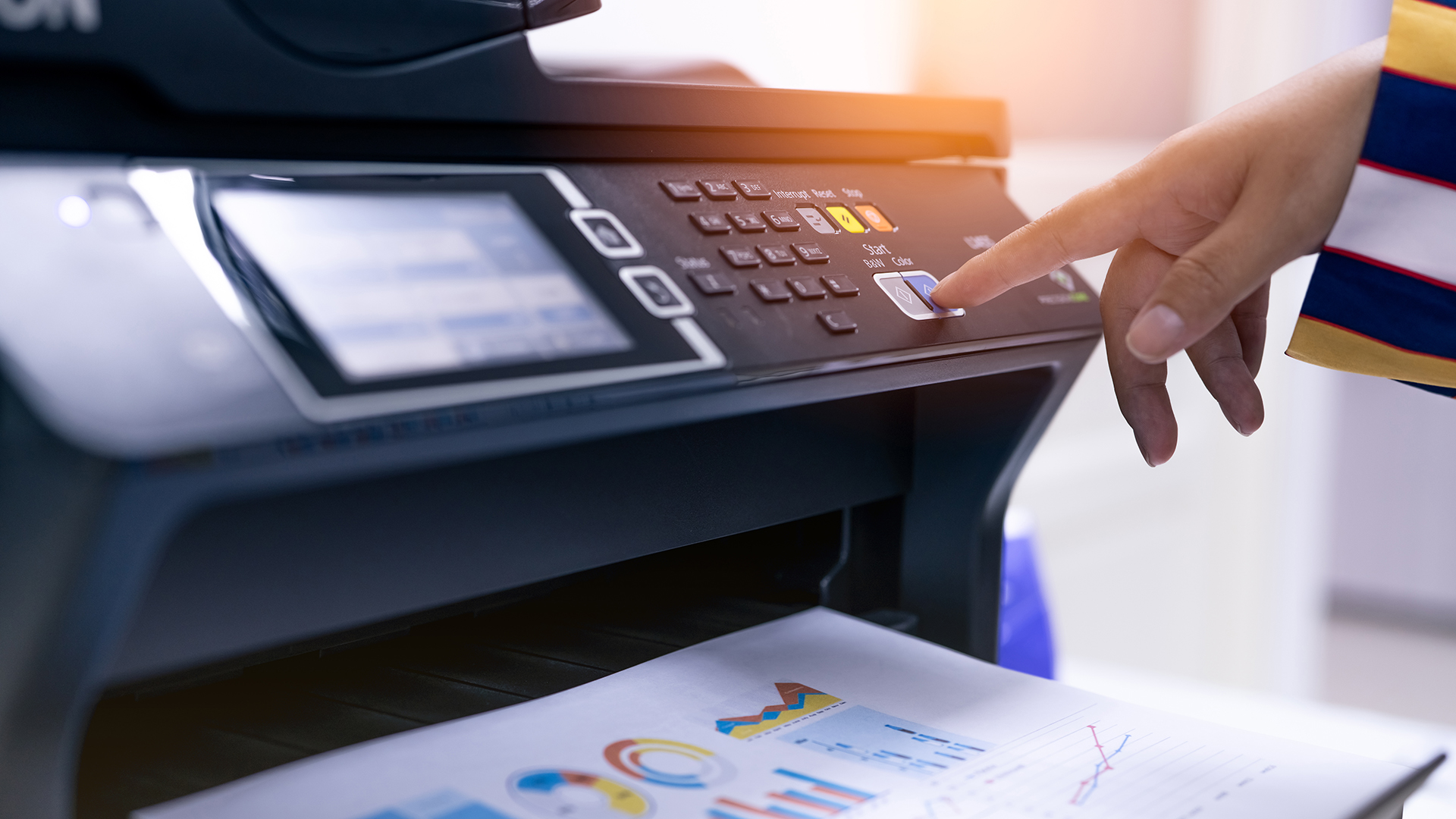How to print in color
Make the most of your ink by learning how to print in color.

Wondering how to print in color properly? Color printing can seem like a dark art as there are a wide range of variables that can lead to dodgy colours, banding, streaks and inaccurate colours appearing in your final prints.
Fear not though, as in this guide we aim to walk you through all of the steps to achieve perfect color prints…
Ink cartridges
Color printing starts with your inks. Some printers will have just two cartridges, a black cartridge and a tricolor one for cyan, magenta and yellow. For best print quality you should use the manufacturer’s cartridges, though many people opt for third-party ink refills that cost a fraction of the price. In our experience we’ve seen a slight drop in print quality with 3rd party refills, though they’re worth considering for casual use.
If you’re looking for top quality prints that you can proudly hang on the wall, or sell for a profit, you’d be best buying the official ink cartridges from the manufacturer. The ink cartridge model number will be written on it and in the user manual so you know which to buy.
If you haven’t bought a printer yet and quality is a high priority it’s worth considering a printer that uses more than the standard black, yellow, cyan and magenta inks. For more accurate colours it’s best to opt for a printer with more ink cartridges for example: photo black, matte black, light black, light light black, cyan, light cyan, yellow, vivid magenta and vivid light magenta. A printer with more ink cartridges will have a far greater range of tones at its disposal than the standard black and tricolour setup, delivering deep shadows and vibrant colours that really pop. You’ll also find the cartridges don’t need to be replaced as often.
Printing options
For the best possible prints we recommend printing from your laptop or desktop as the options on smartphones and tablets can be fairly basic. Choose your printer from the first drop-down menu and make sure 'black & white' is left unchecked, or if there is a drop-down menu to choose between 'color' and 'black & white', then choose 'color'.
Next, you’ll want to set the paper size. This will be determined by the media you’re printing on so set it to A4, A5, or A3 or whichever size your paper is and if your printer can do borderless printing you may also want to choose this option to avoid a white border around the edge of your photos. You’ll also want to choose between portrait or landscape orientation and set the scale to 100%.
Sign up to receive the latest news, reviews, buying guides and deals direct to your inbox
Under the media and quality options, you’ll want to choose 'best' for the best possible prints, or if you just want to do a quick test print to check everything and not waste too much ink you could choose the 'draft' option. You’ll also want to set the 'media type' to matt or glossy depending on the media you’re printing on - it will say this on your paper packaging. Glossy media will give you much punchier colors and stronger contrast, but at the cost of glare and reflections in direct sunlight and fingerprints will show up on it more readily, so a good quality archival matt paper is ideal for keeping strong colors, low reflections and less chance of colors fading over many years.
Calibration
If you print from a program like Adobe Photoshop CC you have more color management options, such as whether to let the printer or Photoshop manage the colors. For everyday use, set the color handling to 'printer manages colors'. However, if you want the best quality and most accurate prints the best option is to set this to 'Photoshop manages colors' and then load in your specific printer profile.
For the best results, you’ll want to invest in a good quality screen calibration device, (printer calibration devices are also available) and this will provide you with a printer profile based on your screen’s colors to minimize any drift in colors and tones between what you see on screen and what is printed.
Discover more guides for the home office…
Best home computer
Best photo printers
Best keyboards for home office
Best touch screen monitors
Best smart pens
Dan is Technique Editor on PhotoPlus: The Canon Magazine magazine. With over a decade writing about all things tech he’s written for a variety of publications before joining Future in April 2019 in that time working across Top Ten Reviews, Digital Camera World, PhotoPlus, NPhoto, Digital Camera and Digital Photographer.

